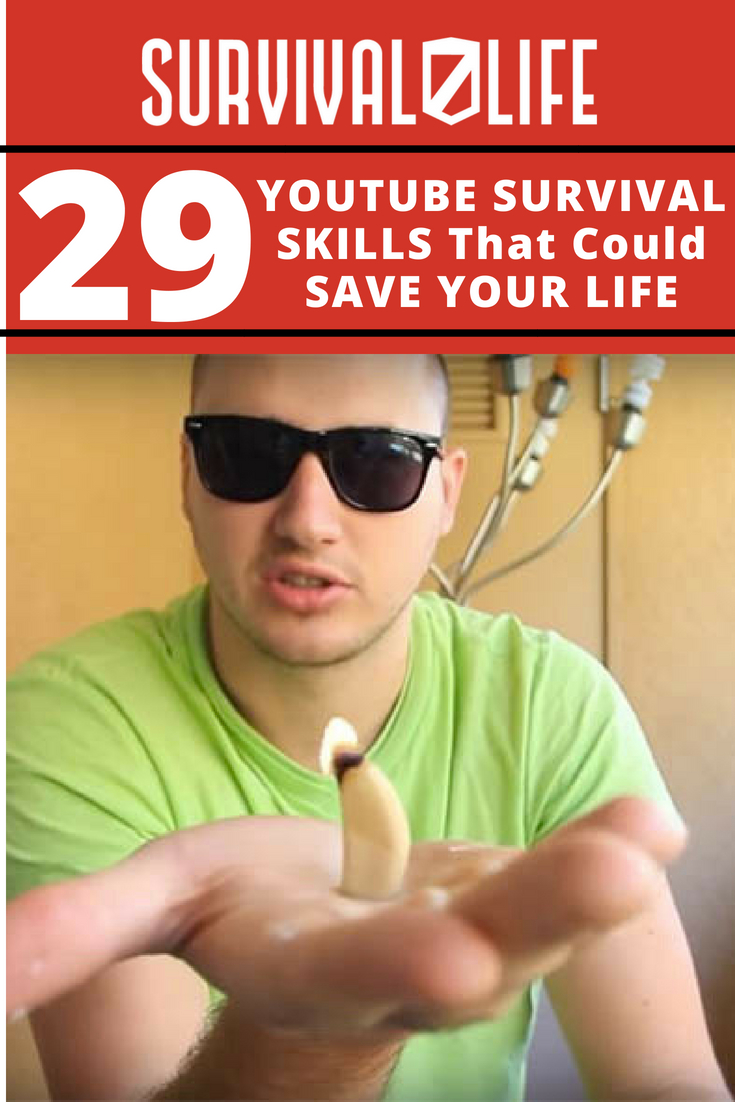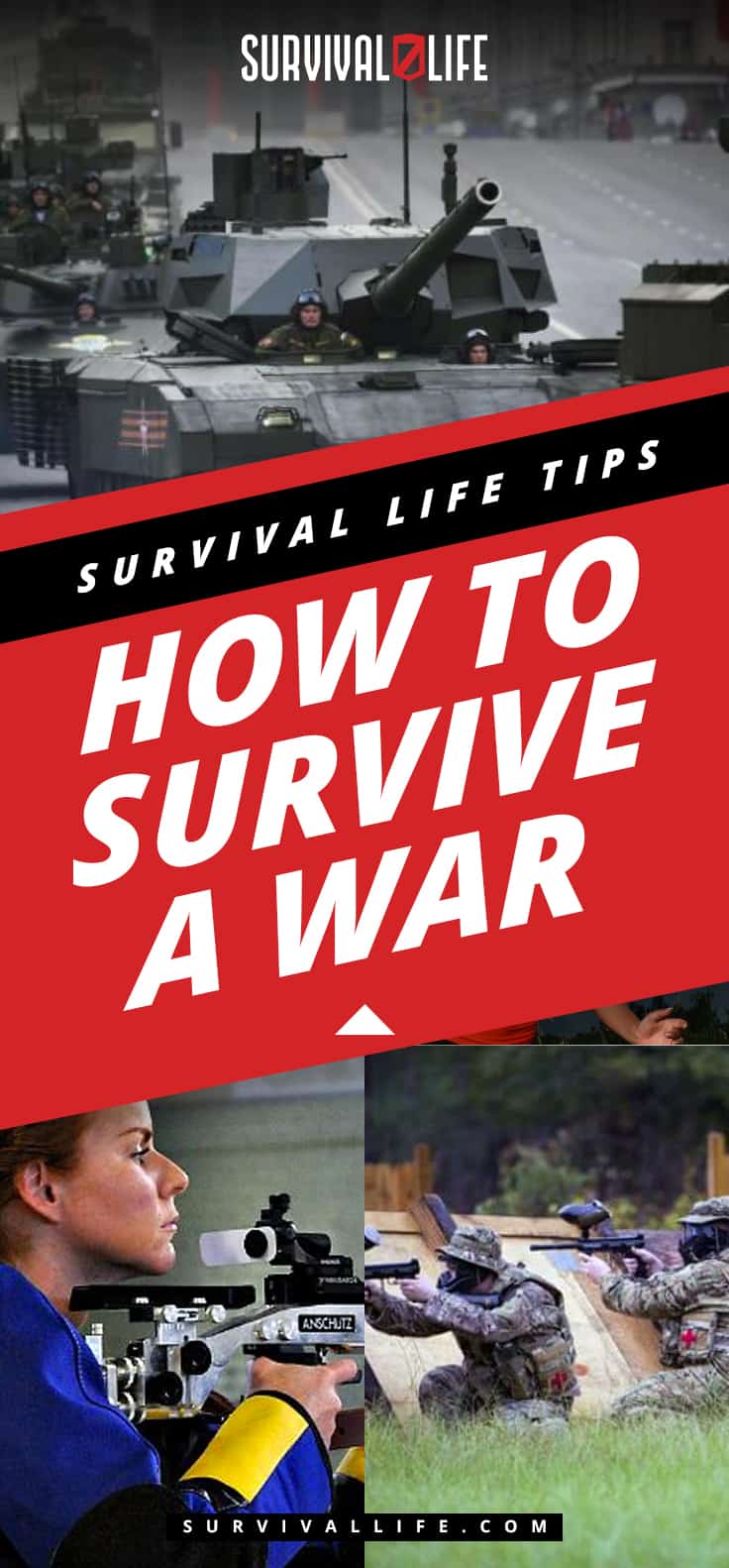How To Build A Fire Pit is courtesy of http://totalsurvival.net/
Take on this easy tutorial on how to build a fire pit and enjoy a warm fire outdoors as the season turns colder.
RELATED: Why Every Survivalist Should Have A Fire Pit In Their Backyard
In this article:
How to Build a Fire Pit: Steps, Tips, and Ideas
Build a Fire Pit for Great and Fun Time Outdoors
If you live somewhere way up North, you know a good fire outside your home makes for a relaxing evening while you observe the night sky or the Northern lights. A fire pit project is perfect though, wherever you live with the colder months peeping round the corner.
Fire pits can be a fun and convenient way to cook outdoors, or a great place to hang out. With our fire pit design, it can even be the focal point boosting your cozy backyard setup and ambiance.
There are different fire pit ideas but we like the circular ones which are more practical with less expense and effort. This DIY fire pit project, in particular, is pretty straightforward, thus inexpensive.
Anyone with a knack for DIY can do this project in a day or two so, let's get this project started in time for your next outdoor cookout. Here's how to build a circular fire pit, quick and easy!
Supplies
- Basic gray retaining wall blocks or any material of your choice (bricks, cinder blocks, or stone pavers)
- Medium grade gravel
- Caulk
- Level
- Long plank of wood
- Spray paint
- Shovel
- Rake
Instructions
Step 1. Pick the Perfect Spot, Measure, and Mark Your Shape
|
To pick the perfect spot for a fire pit in your backyard, consider safety in your placement. An ideal fire pit should be at least 10 feet away from any building structure and trees.
Remember, a fire pit can generate heat which may affect your plants and surrounding structures too close to a fire. Checking with your local building codes would be best to be safe.
Ideally, a fire pit would be somewhere between 36 and 48 inches wide in diameter. You can first, layout your bricks or material of your choice to get a picture of how big your fire pit is going to be.
Pick a location which is mostly flat because this will make your life way easier when creating your pit. Now, after you layout your bricks into the shape and size you would like for your fire pit, use your spray paint to mark the ground.
Step 2. Dig the Fire Pit Base
|
Dig straight down about five or six inches, or the depth of your bricks, then level the ground off at the bottom. Lay your level on top of a wooden plank to check the level of the entire bottom of the pit.
RELATED: How To Properly Build A Fire: A Step By Step Guide With Safety Tips
Step 3. Spread Gravel on Your Fire Pit Base
Spread gravel to the bottom of your pit, using a rake to even it out and make it level. Again, use your level and plank to check the levelness of the pit.
Spreading gravel is crucial to your fire pit for drainage when it rains.
Step 4. Lay and Stack Blocks or Bricks
|
Personally, I prefer the basic gray retaining wall blocks because they are easy to work with, especially with circular structures like our DIY fire pit.
To get started, lay your first layer of bricks on top of the gravel, creating your circle. Next, use your level and plank to check.
Continue stacking, using the same shape as your first layer and checking for levelness. Place bricks between the joints of the layer below and ss you build up, add adhesive between layers underneath each brick.
Step 5. Keep Stacking to Your Desired Height
|
You can go as high as you like, but it's advisable to keep you wall pretty low profile for easy access to your fire pit. A good three layers from the ground level would be ideal but it's up to you to add one or two more layers.
And that's it! Your outdoor fire pit is good to go!
Excited to start a fire on your newly built fire pit? Watch this video from REI on how to build a fire on a fire pit:
Keep warm or chill out with your family and friends well into the wee hours of the night with a crackling fire by your homemade fire pit. Gather the brood, roast marshmallows, and share stories around a warm fire near the comfort of your home.
Would you prefer bricks to cinder blocks or stone pavers for your fire pit? Tell us your choice of materials for the fire pit you're planning to build in the comments section below!
Up Next:
- How To Build A Pyramid Fire | Survival Life
- Campfire Infographic | How To Build The Perfect Campfire
- Winter Survival Kit: The Prepper’s Guide To Winter Survival
Go to our Survival Life Store to shop some of our favorites self-defense tools and gear!
Follow us on Facebook, Instagram, Twitter, Pinterest, and Tumblr!
Editor’s Note: This post was originally published on May 14, 2014, and has been updated for quality and relevancy.
This Article Was First Found at survivallife.com Read The Original Article HereOriginal Post Here: How To Build A Fire Pit



















 report this ad
report this ad




